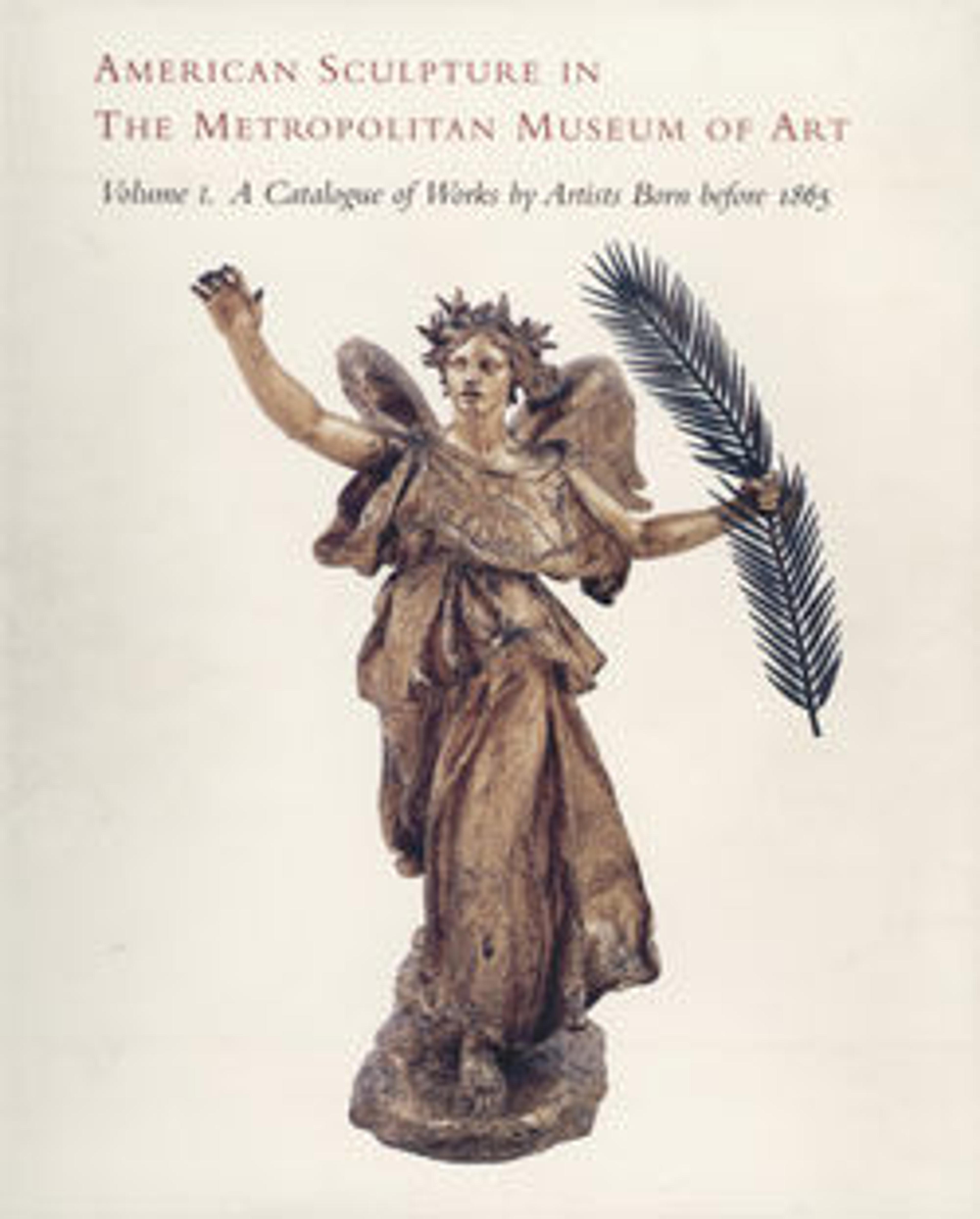Nydia, the Blind Flower Girl of Pompeii
"Nydia, the Blind Flower Girl of Pompeii" was the most popular American sculpture of the nineteenth century. According to Rogers, it was replicated 167 times in two sizes. The subject was drawn from "The Last Days of Pompeii" (1834), a widely read novel by Lord Edward Bulwer-Lytton, which ends with the eruption of Mount Vesuvius in a.d. 79. Rogers’s evocative portrayal of Nydia highlights her heroic attempt to lead two companions out of the burning, ash-covered city. Her closed eyes and staff allude to her blindness, while the hand raised to her ear refers to her acute sense of hearing. The destruction of Pompeii is symbolized by the broken Corinthian capital beside her right foot.
Artwork Details
- Title: Nydia, the Blind Flower Girl of Pompeii
- Artist: Randolph Rogers (American, Waterloo, New York 1825–1892 Rome)
- Date: 1853–54; carved 1859
- Culture: American
- Medium: Marble
- Dimensions: 54 x 25 1/4 x 37 in. (137.2 x 64.1 x 94 cm)
- Credit Line: Gift of James Douglas, 1899
- Object Number: 99.7.2
- Curatorial Department: The American Wing
More Artwork
Research Resources
The Met provides unparalleled resources for research and welcomes an international community of students and scholars. The Met's Open Access API is where creators and researchers can connect to the The Met collection. Open Access data and public domain images are available for unrestricted commercial and noncommercial use without permission or fee.
To request images under copyright and other restrictions, please use this Image Request form.
Feedback
We continue to research and examine historical and cultural context for objects in The Met collection. If you have comments or questions about this object record, please contact us using the form below. The Museum looks forward to receiving your comments.
